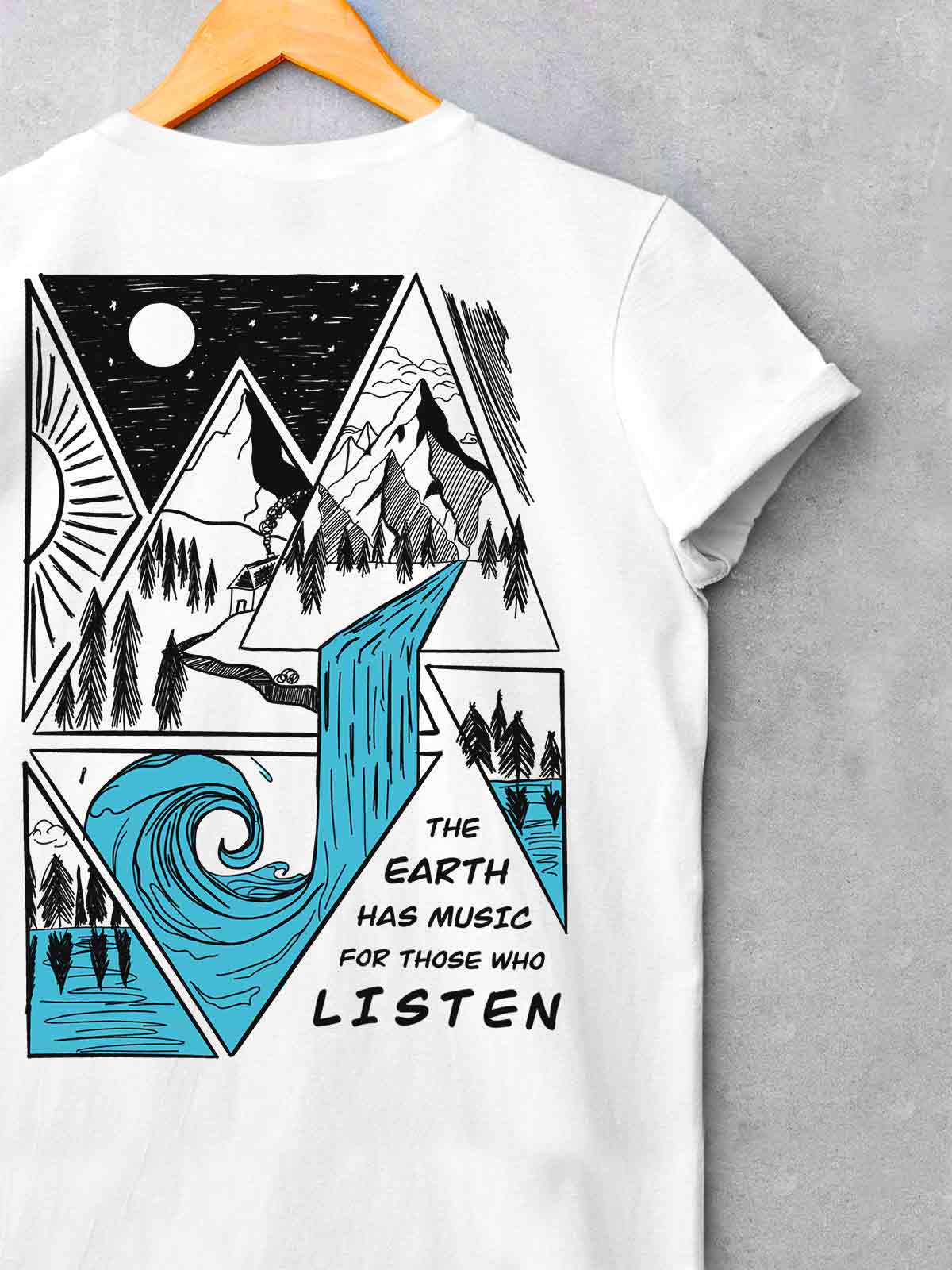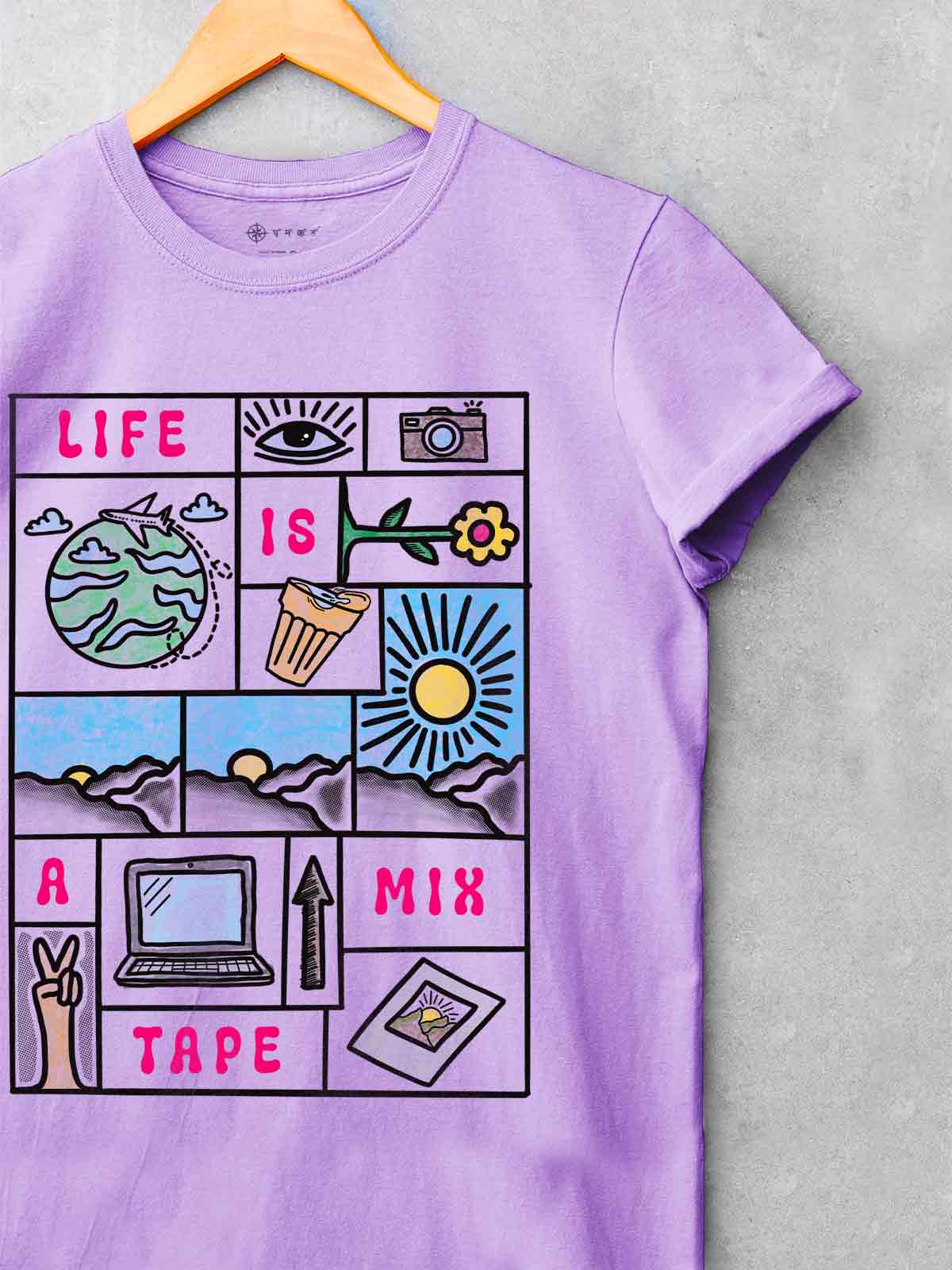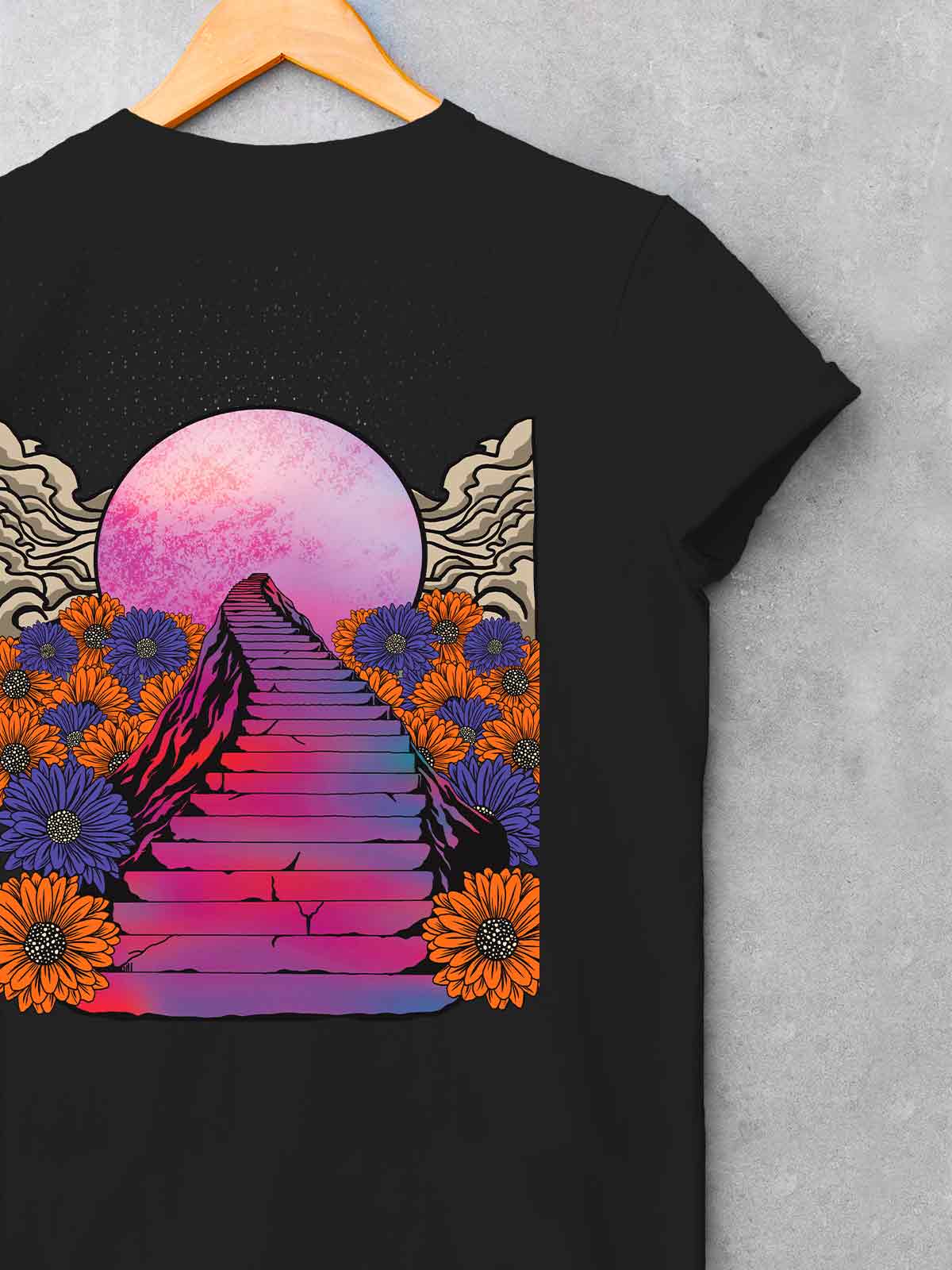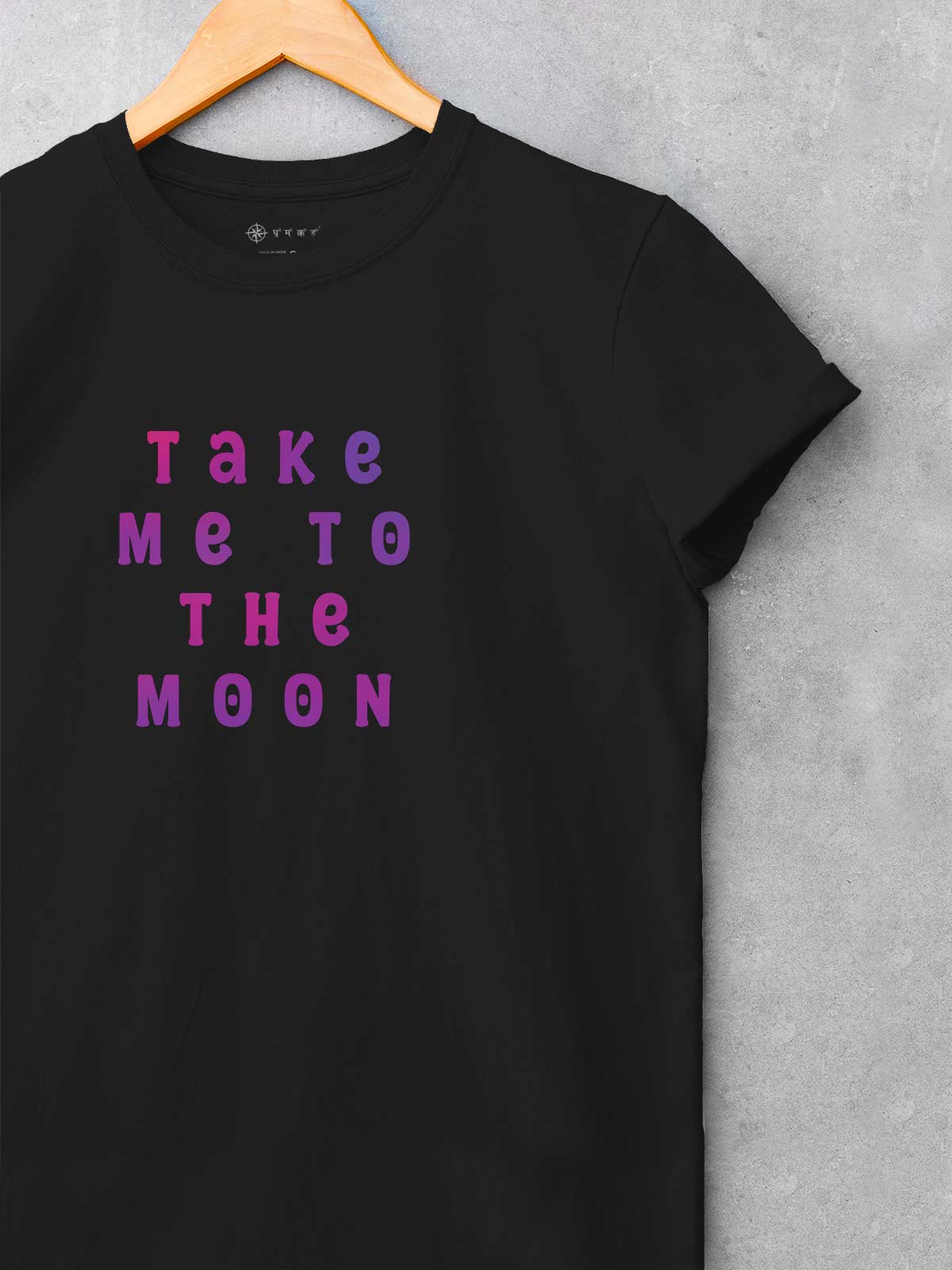Rediscovering and redefining 'The Hippie'
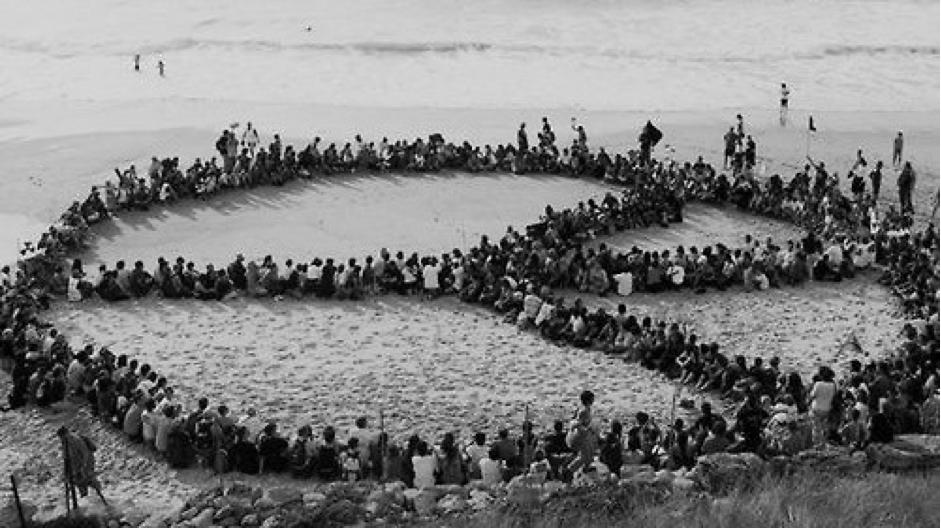
Rediscovering and redefining 'The Hippie'
The word 'Hippie' immediately stirs up the imagination with pictures of long-haired men and women, clothed in all colours of the world with beads of various kind dangling around their bodies. In the same line, when imagining about the whole hippie movement, one reduces it to its followers being stoned and indulging in things not considered acceptable in a civil society.
If this is all we know about it then take my word, we are looking at them on a highly superficial note; and a deeper and closer look might reveal things that are profoundly relevant & worthy, especially so much more in the current times.
The movement started off in mid 1960s as a social movement- an effort to produce a counter culture to the mainstream culture which the youth of the time considered a culture that supported war, racial segregation, and materialism. Their movement was grounded in their belief that it could resolve issues related to peace, equality, and freedom through its underlining norms, values and ways of life.
However, the movement didn’t last long and by mid-1970’s it had become more about external, overused symbols of long hair, hip language, tie-dyed clothing, beads, buttons, music, demonstrations and degenerated further with the use of drugs and open sexual relationships.
Today what stands relevant about the hippie movement is the fact that at the core of the hippie ideal was community living- looking after each other and working together to bring harmony and cooperation, creating a peaceful way of life, whilst looking after every living thing on the planet. The hippies were often spiritual and advocated nonviolence and love, they believed in the consumption of organic non-processed food, holistic medicine and instrumented music to spread their motto through popular phrases like “Make love, not war”. Gradual diversion from these ideals led to the movement losing its relevance, and rightly so.
The Indian connection
Time Magazine in its article wrote that it was the Indian concept of ‘SANYAS’ that is the true ideology behind hippie movement. By late 1970’s pretty much every hippie in the world realized that the ultimate destination to their hippie-ness is finding peace in India.
Even to this day, new age travellers and modern-day hippies continue to travel to the Indian continent in search of spirituality and the ideals of oneness and community.
The question is- Why India? India because it is a fact widely acknowledged, and evidently so that the Indian psyche is different to that of the West, not just of the believers in the philosophy of the Hindu faith, but also in general. Indians believe in the oneness of family and community. In fact, it is a union that they have cherished as an ideal since ages. They see all other Indians as their family and believe that working as one brings the harmony that they seek.
When in the current times we see an explosion of consumption & comfort driven development, increasing divide between haves and have nots, lack of empathy for fellow beings and desire to hoard materialistic things leading to an irreversible exploitation of natural resources, ever increasing waste generation per person, the industrial chemical waste being fed into the rivers, the lakes being sacrificed for urban spaces, the jungles being consumed and the oceans being dumped with plastics leading to ecological challenges of gigantic scale- it is a testimony to a colossal spiral madness that can only be addressed, as it seems, with a rejuvenated world-wide movement to enrol youth of today for a lifestyle that is of a Hippie or even better that of a Sanyasi. A life of being happy without falling to the cycle of consumption and becoming another rat in the rat race, non-conforming to the blind race for comforts and being one with mother nature, walking bare foot, sleeping under the stars, spreading peace love and happiness with the strum of the guitar, the rhythm of drums and smile of contentment. Any such movement to have a widespread footprint, to be useful and to be able to stand the test of the time can only do so by being a poignant part of the civil society and not by coming out of it as a separate cult with inevitable short lived destiny.

Does it sound too idealistic ?? Look around and you will find many who are already working their way into that zone. The modern-day travellers- the wanderers, those who proudly love to be known as ghumakkads and banjaras are already on their quiet mission to becoming more at peace with nature and spreading the movement by inspiring numerous others also to do so.
For those who would want to indulge in some soul searching with the aim to find their connection to the hippie movement, there are plenty of places in India that provides you with the impetus of that hippie vibe. Some of the better knowns include Hampi, Gokarna, Kasar Devi, Varkala & Kasol.

But believe me, all spiritual places in India carry in themselves the odyssey of the vibes that you might be in search of and once you connect to the real sense of being hippie/sanyasi the place really will not matter. Regardless of whether you are a regular office going, career aspiring executive, a business man or a woman, young student or a family man/woman, you can still be the hippie by making the hippie lifestyle choices by being one with nature, having empathy for all around you, being at peace, finding spirituality in everything and by doing it all with a smile.
Peace and Love
*This piece is written with contribution by Arunima Das & inputs from available content on WWW on the subject including pictures used for reference.




